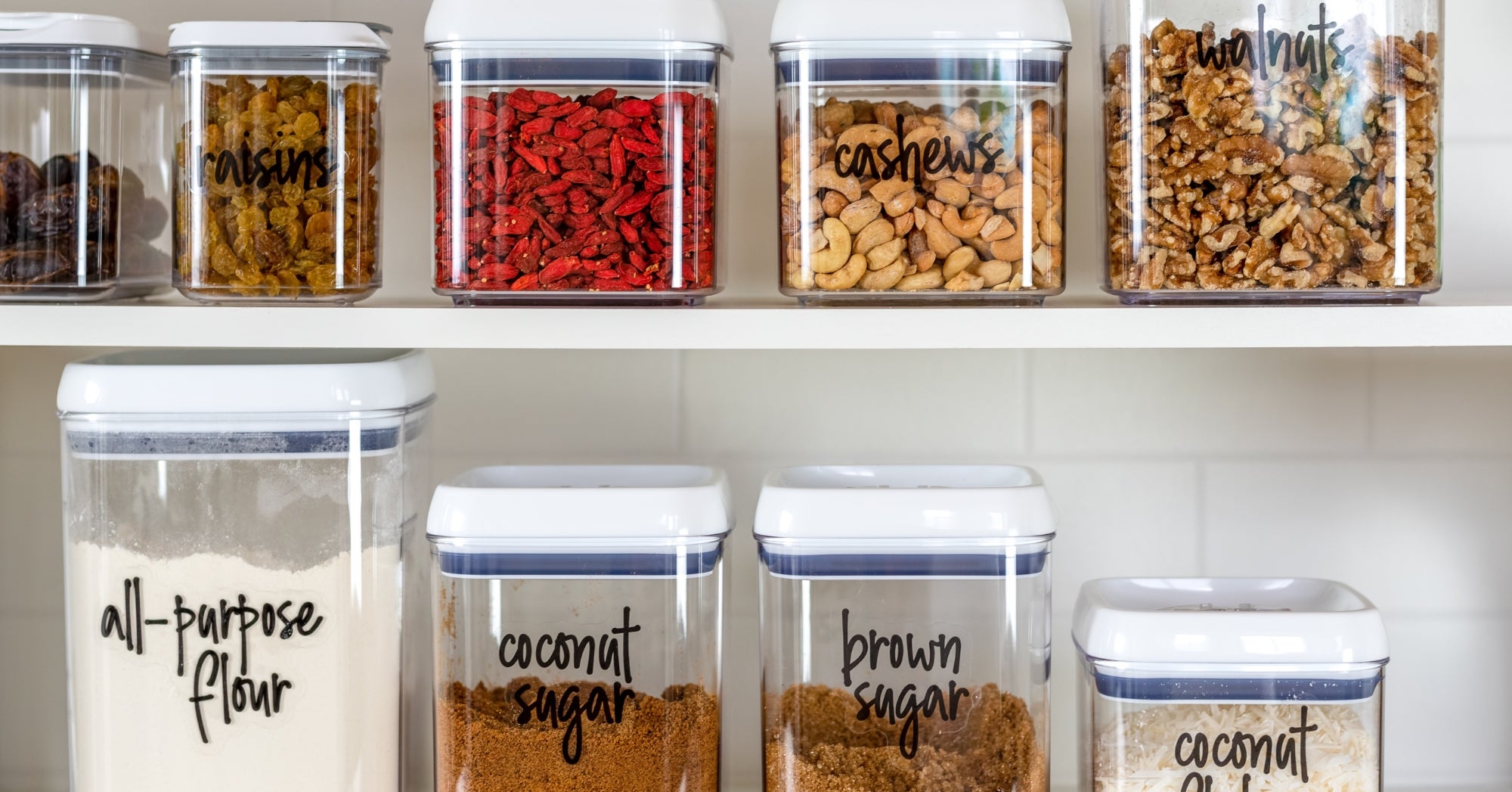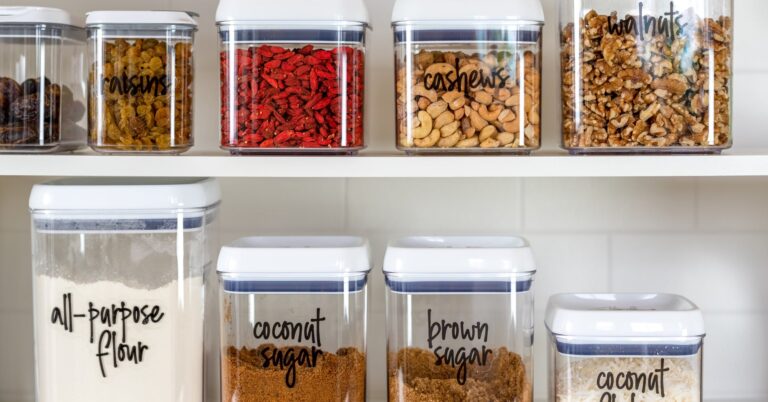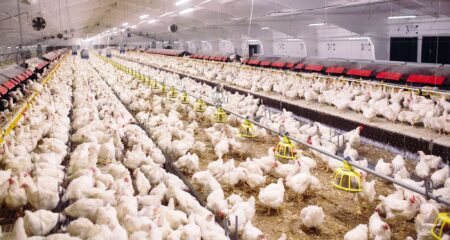“BPA-free” may not mean safer. A new study from McGill University in Quebec has found that the chemicals replacing bisphenol A (BPA) in food packaging could pose risks of their own — disrupting vital functions in human ovarian cells.
The research, published in Toxicological Sciences, revealed early signs of toxicity from substitutes widely used in the labels and stickers on packaged meat, cheese, produce, and fish. The findings raise pressing questions about the safety of BPA-free packaging and whether current regulations are leaving consumers exposed to hidden dangers.
BPA substitutes disrupt gene expression
The research began with the 2023 discovery by Stéphane Bayen, Associate Professor in McGill’s Department of Food Science and Agricultural Chemistry, that label-printing chemicals like bisphenol S (BPS), a BPA replacement, were leaching through plastic wrap into the food. He teamed up with colleagues in reproductive toxicology to investigate what these substances could be doing inside the body.
Lab-grown human ovarian cells were exposed to four commonly used BPA substitutes: TGSA, D-8, PF-201 and BPS. Several of the chemicals, particularly TGSA and D-8, caused a buildup of fat droplets in the cells and changed the activity of genes that help cells grow and repair their DNA.
“These are major cellular functions,” said Bernard Robaire, co-senior author of the study and James McGill Professor in McGill’s Departments of Pharmacology & Therapeutics and Obstetrics & Gynecology. “Disrupting them doesn’t prove harm in humans, but it gives us a strong signal that these chemicals should be further investigated.”

Unregulated replacements under the radar
BPA is a chemical that can interfere with the body’s hormones, and has been linked to problems with fertility, early development and metabolism. Because of these risks, it has been banned in baby bottles and restricted in some products in Canada.
Many of the chemicals used to replace BPA are not regulated or routinely tested, the researchers explained.
“‘BPA-free’ is an incredibly misleading label,” said Robaire. “It usually means one bisphenol has been swapped for another, and there are more than 200 of them. Some may be just as harmful, or even worse. We need to test these compounds before they’re widely adopted, not after.”
Health Canada has now added all four substances to a list of chemicals requiring further investigation.
For consumers looking to err on the side of caution, Robaire suggests removing labels and plastic wrap from fresh foods before storing. He also recommends choosing items from the top of store display piles rather than the bottom, where pressure from stacking may push chemicals more deeply into the packaging and food.


:max_bytes(150000):strip_icc()/SuccessfulFarmingShareImage-8fed6410b43147a19ed5ea1e3243227f.png)

:max_bytes(150000):strip_icc()/IMG_7575-ac6db3006a2145109bcc2df421c7a962.jpeg)





:max_bytes(150000):strip_icc()/Markets-3-Corn-up-3-19bdbeee0041452db8bce0a0f1c8b883.jpeg)
